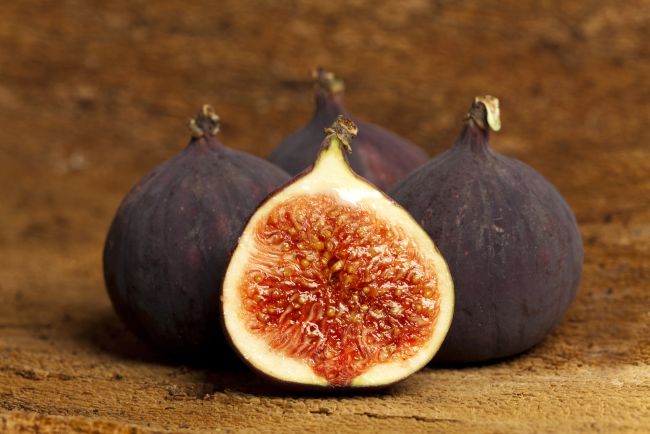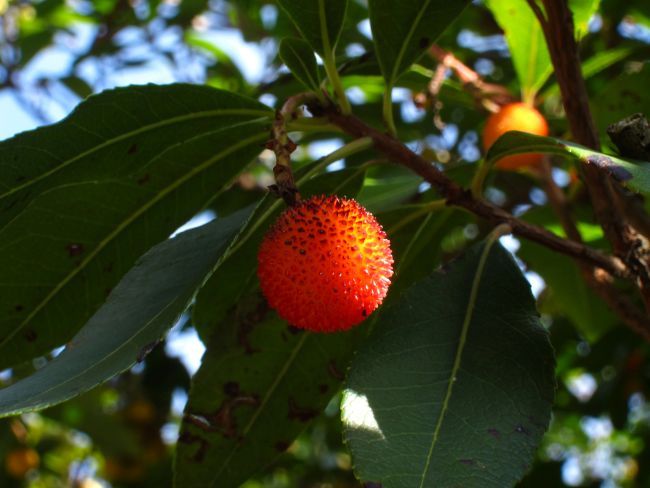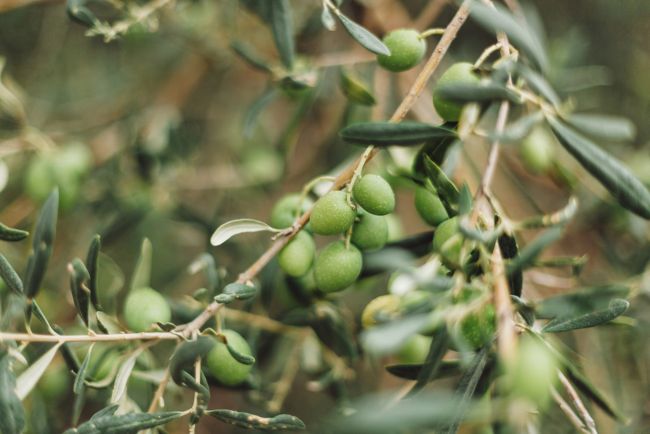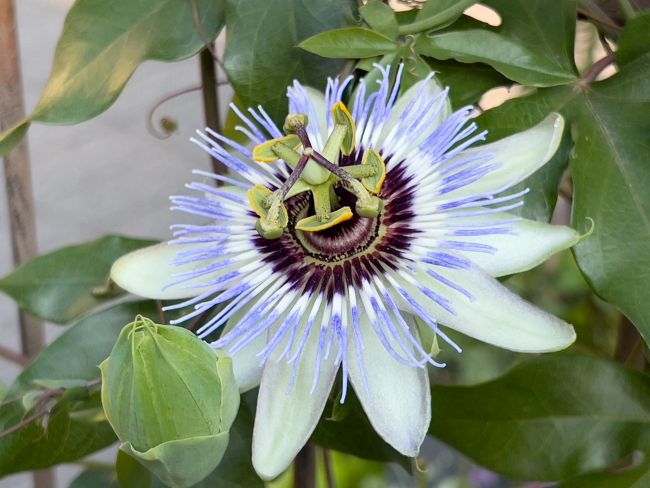Growing more fruit in a changing climate




Expanding Fruit Choices in UK Gardens as the Climate Warms
In recent years, the GardenAdvice team has noticed something exciting – climate change in the UK is allowing gardeners to grow a much wider range of fruiting plants that were once considered too tender for most regions.
Arbutus unedo – also known as the strawberry tree – is a prime example. This handsome evergreen shrub or small tree grown in the UK for a number of years is now flowering abundantly and reliably producing its sweet, strawberry-like fruits. They’re not only beautiful but also delicious and highly versatile for jams, liqueurs, and fresh eating.
We’ve also seen an increase in the performance of:
- Figs – Crops are now ripening more fully, producing consistently sweet and aromatic fruits in late summer and early autumn.
- Grapes – Especially varieties once confined to warmer wine regions in Italy and France, which now flourish in sheltered UK gardens and even in open ground in milder areas.
- Apricots – Traditionally tricky to ripen outdoors, these stone fruits are now maturing better and offering luscious yields.
Other Fruits to Consider Planting Now
If you’re looking to take advantage of this climatic shift over the next few years, consider these fruiting plants:
- Passionflower (Passiflora caerulea and hardy hybrids) – Hardy selections can produce small but edible fruits in warm summers. Trained against a sunny wall, they can add both ornamental flowers and exotic fruit.
- Persimmons (Diospyros kaki and D. virginiana) – Once a rarity, they can now ripen outdoors in sheltered southern gardens, producing sweet, custard-like fruit.
- Pomegranates (Punica granatum) – In the sunniest spots and well-drained soils, pomegranates can fruit in the UK, with climate change improving ripening potential.
- Kiwis (Actinidia deliciosa and A. arguta) – Hardy kiwi (A. arguta) are particularly promising, producing grape-sized, smooth-skinned fruits without the need for peeling.
- Mulberries (Morus nigra) – These traditional English fruits benefit from longer, warmer summers and are delicious fresh or in preserves.
- Loquats (Eriobotrya japonica) – Still borderline outdoors, but with mild winters and protection, they can produce unique tangy-sweet fruits.
- Medlars (Mespilus germanica) – An old-fashioned fruit tree that’s becoming more reliable in fruiting due to milder autumns
- Olives (Olea europaea) – Traditionally ornamental in the UK, but in the last decade, sheltered gardens in southern and coastal regions have begun producing small crops. A sunny, free-draining position is essential; potted trees can be moved for winter protection in colder areas.
Planting Tips for Success
- Shelter & Aspect – South or southwest-facing walls maximise heat and protection.
- Soil Preparation – Free-draining soil enriched with organic matter will help these plants establish and thrive.
- Watering – Ensure consistent moisture in the first few years; drought stress can affect fruiting.
- Frost Protection – Some species may need fleece or cloches during unexpected late frosts, particularly when in flower.
By carefully selecting and siting your plants, you can future-proof your garden and your budget as shop-purchased fruit is likely to become more expensive and enjoy an ever-expanding harvest of exotic and unusual fruits – right here in the UK.





















